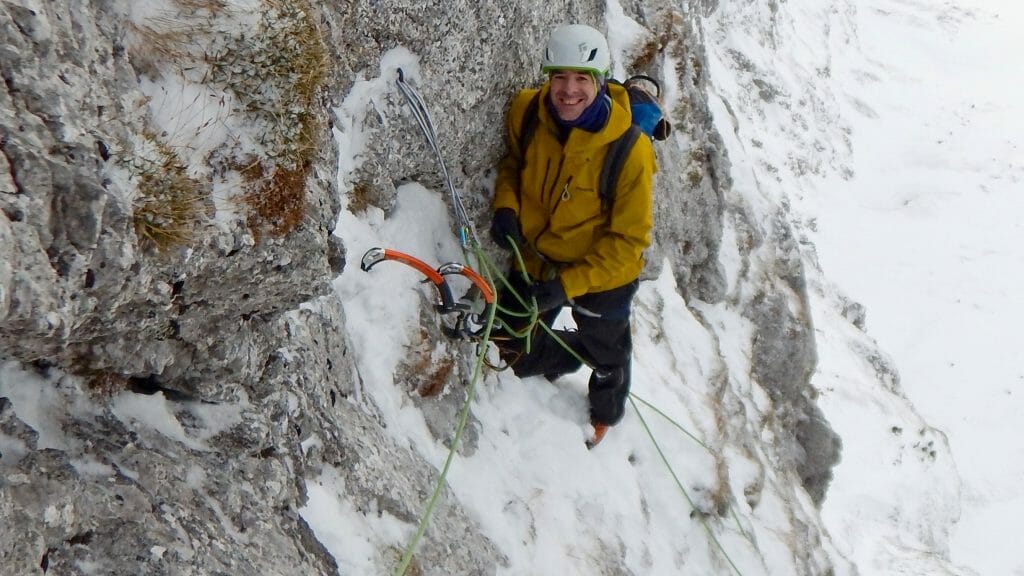In the last two years of managing my leg injury, the best physical therapist I found lived over 5,000 kilometers away. Funny, but that’s true. I reached out to Uphill Athlete’s Pete Dickinson after my surgery, and he has been instrumental to getting me back on my feet doing the sports I love.
This included specific advice, such as when I could start exercising or what movements to do. He gave me a list of exercises that would help me build strength without aggravating my problem areas. Every four to six weeks I check in with him, and he adjusts the exercises. I also shot some videos of me performing the exercises, and he gave me feedback about body position, range of motion, and so on.
More than that, he helped change my perspective. One of the things he said that really resonated was “Maybe your goal does not have to be a pain-free leg but a leg with the same level of irritation, but more capacity.” That was the key that allowed me to start building strength in my leg without fear, and that strength, subsequently, led to reduced pain.
He also said, about the recovery process, "This is not the kind of thing you want to do alone." In many ways, that's one of the great things about Uphill Athlete. You have built a supportive community that helps so many people.
I also reached out to Uphill Athlete’s Rebecca Dent to see if there was anything I could change about my diet to help me recover. In general, I eat a healthy diet, but Rebecca really helped me make some fine adjustments, such as how to make sure I wasn’t eating too many or too few calories, how much protein to eat and when to eat it, and how to use simple things like lime juice or lemon juice to add nutrients to foods. Much of her advice was summarized in this article: Nutrition for Injury Prevention and Recovery.
She helped me incorporate supplements, like collagen, sour cherry juice, and turmeric (aka curcumin), that may encourage tissue regeneration and reduce inflammation. I’m generally skeptical of these claims, but her advice, targeted to athletes, and supported by evidence, really made sense to me. More importantly, it helped. It’s impossible to sure, but it felt like an important part of the solution.
Read the IOC consensus statement: dietary supplements and the high-performance athlete.
My leg is not 100 percent. It probably never will be. And I’m not at the end of my recovery. But I’ll conclude with the best endorsement I can offer for Uphill Athlete, a picture of me at a belay on an alpine mixed climb here in Switzerland, part of a long day out, with a few hundred meters of steep approach and descent, and about eight pitches of technical climbing, during which my body performed much better than expected or hoped. I could not have returned to the mountains without the support and guidance offered by you and the amazing people that are part of your team.
Thanks, Uphill Athlete!
This article was originally published by Bruno Schull.

